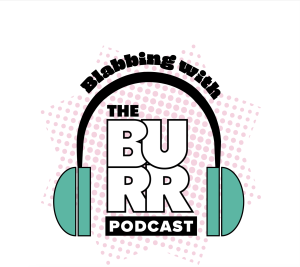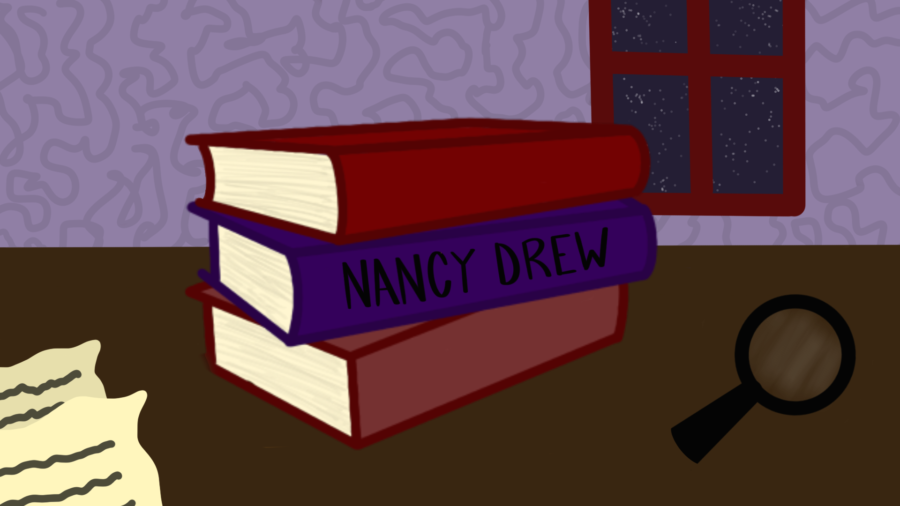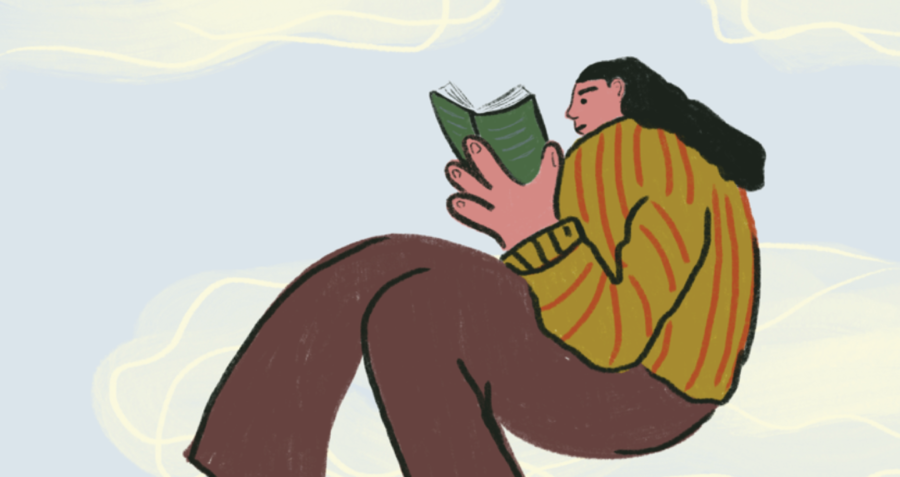Illustration By Emma Greathouse
When I was in kindergarten, my teacher would read to my class every day after recess. What was so special about this experience? It was my introduction to the works of E.B. White.
In addition to being the editor of The New Yorker, White wrote three very influential children’s books: “Stuart Little,” “Trumpet of the Swan” and “Charlotte’s Web.” Each day, my teacher read a chapter from “Charlotte’s Web”until we finished that book and moved to the next. Eventually our class works its way through all three. This week, I will be discussing my experience rereading “Charlotte’s Web” with both spoilers and plot explanations.
“Charlotte’s Web” follows the life of a pig named Wilbur. Born the runt of the litter, Wilbur is destined to be slaughtered until young Fern convinces her father to spare the piglet. Fern cares for Wilbur until he is large enough to be sold to her uncle, Homer Zuckerman.
At the Zuckerman Farm, Wilbur befriends a spider named Charlotte. Life seems to be great for the young pig until he is told he will be slaughtered for food by Christmas. Of course, Wilbur does not want to die, so Charlotte makes it her duty to save him. Writing words such as “some pig,” in her web, Charlotte convinces the Zuckermans and the rest of the county that Wilbur is a miraculous and desirable pig.
By the end of the book, Wilbur is saved and wins a special prize at the county fair. Unfortunately, Charlotte’s life cycle is complete, and the spider dies happy knowing she saved her friend.
The first quality I noticed during this reading of “Charlotte’s Web” is the characterization of each animal. When I was young, I never noticed that Wilbur’s constant whining is very draining. Each chapter features a new instance in which Wilbur cries or faints. On the other hand, Charlotte is strong and selfless. She is the real star of the story, and I found a new appreciation for her wittiness and patience this time around.
In addition, there are quite a few humorous moments in “Charlotte’s Web” that introduced me to sarcasm and irony when I was young. Even upon reread, many jokes still land, in some cases even better than they did when I was a child. For example, Fern’s mother tells their family doctor she is worried that Fern is sick, because she spends all her free time quietly with Wilbur. When the doctor asks how Fern’s brother has been feeling, Fern’s mother replies, “Avery is always fine. Of course, he gets into poison ivy and gets stung by wasps and bees and brings frogs and snakes home and breaks everything he lays his hands on. He’s fine,” (White 111).
Upon reread, I also noticed the use of the word “queer” multiple times. As a word that is not commonly used in the causal context in which White uses it, I immediately become interested in the meaning and history of the word. According to an article by Merrill Perlman in the Columbia Journalism Review, the word is currently used by people who identify as queer to describe themselves; however, it is considered an offensive slur if used negatively by others.
When queer first appeared in the English language in 1513, it meant abnormal or unusual. It was not until the late 1890s and early 1910s that became slang for homosexuals. Even at this time, the term was said to be offensive when used by others.
However, in 1949, “Webster’s New Collegiate Dictionary” listed “counterfeit money” as queer’s only slang definition. During this time, controversial topics were avoided in dictionary publications. In 1956, the word was listed as slang for homosexual, but there was no clause indicating it could be offensive even though it still was used by some in such as way. Finally, in the 1990s queer was used in conjunction with gay pride by those who identify as queer.
When considering the timeline of the word and the 1952 publication date of “Charlotte’s Web,” it can be assumed that any possible negative implications of the word “queer” were not considered by the masses, as the slang definition was listed only as “counterfeit money.”
My overall thoughts on “Charlotte’s Web” are neither negative nor positive. While I found Wilbur’s character to be unbearable, Charlotte makes up for what Wilbur lacks. Even though the book was written more than 50 years ago, young readers today can still enjoy the bittersweet story as it proves that sad endings lead to new beginnings.















Coy • Dec 2, 2024 at 2:05 pm
I love this book so much I cant wait for this wonderful author to make a new one I have read this book when I was in 1st grade I believe and it was just an amazing book I was 6 when I read this book and I will be 18 in August and I just still love this wonderful book.